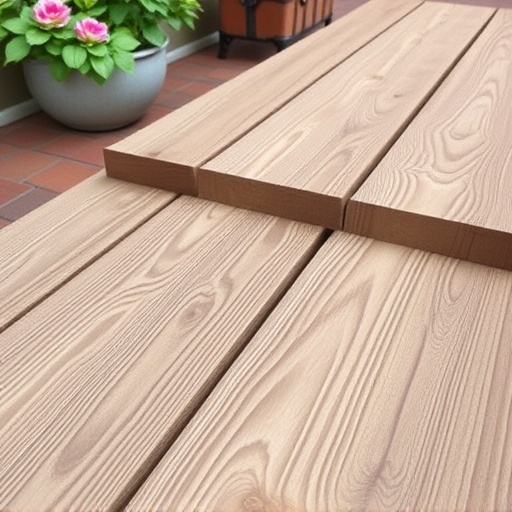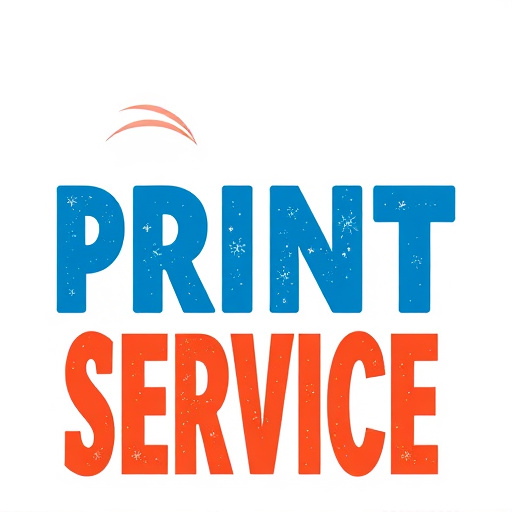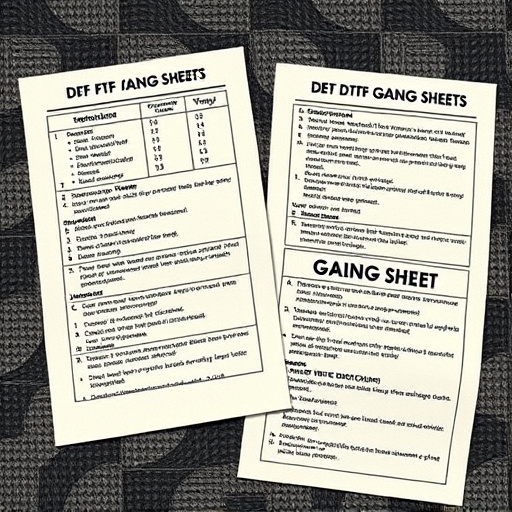DTF (Direct to Fabric) transfers offer cutting-edge fabric printing with vibrant, durable results, suitable for small and large production runs tailored to specific fabrics and inks. For optimal storage and integrity, clear a clutter-free workspace, gather necessary tools, organize transfers according to design details, and store them in cool, dry, dark conditions using airtight containers, maintaining their quality for consistent excellent pressing results.
“Unleash your creativity with DTF (Direct-To-Form) transfers, a game-changer for print enthusiasts. This article guides you through mastering the art of storing DTF transfers ready to press. From understanding their unique properties to preparing your workspace, we’ll walk you through a step-by-step process. Learn how to ensure optimal conditions, maintain precision, and preserve the vibrancy of your designs. Get ready to transform your ideas into flawless, ready-to-press DTF transfers.”
- Understanding DTF Transfers and Their Unique Properties
- Preparing Your Workspace and Materials
- Step-by-Step Guide to Storing DTF Transfers Properly
Understanding DTF Transfers and Their Unique Properties

DTF (Direct to Fabric) transfers are a cutting-edge printing method that offers unique advantages for creating high-quality designs on various fabrics. This process involves transferring ink directly onto the fabric surface, resulting in vibrant and durable prints ready for pressing. Understanding the properties of DTF transfers is essential when preparing them for optimal results. One key aspect to consider is their versatility; DTF transfers can be customized for bulk orders, catering to both small-scale and large-scale production needs.
Each DTF transfer is designed with specific requirements in mind, including the fabric type, ink compatibility, and desired print quality. When getting ready for the pressing stage, it’s crucial to match the transfer size with your design dimensions to ensure a precise and crisp outcome. Proper storage of DTF transfers ready to press involves maintaining them in a clean, dry environment, away from direct sunlight and heat sources. This preserves their integrity and ensures they remain viable for use, allowing you to achieve consistently excellent results in your printing projects.
Preparing Your Workspace and Materials

Before you begin the process of storing your DTF Transfers Ready to Press, ensuring your workspace and materials are prepared is paramount. Clear a dedicated area for this task, clearing away any clutter or distractions that might interrupt your workflow. Gather all necessary tools and equipment, including your DTF garment printing supplies, heat press machine, and any protective gear such as gloves and aprons. Proper organization of these items will streamline the storage process, making it more efficient and reducing the risk of damage to your transfers during handling.
Following detailed dtf application instructions carefully will ensure that each transfer is prepared correctly for pressing. Understanding the recommended heat press settings specific to DTF materials is crucial to achieving optimal results without causing any damage. With a well-prepared workspace and the right materials at hand, you’ll be ready to efficiently store your DTF Transfers Ready to Press, ensuring they remain in top condition until it’s time to press them onto your desired garments.
Step-by-Step Guide to Storing DTF Transfers Properly

Storing DTF Transfers Ready to Press properly is a crucial step in ensuring the best results when it comes time to press them. Here’s a step-by-step guide to help you maintain the integrity and quality of your DTF transfers.
First, ensure your transfers are completely dry. The DTF curing process must be fully realized before storage. Avoid storing them in direct sunlight or extreme temperatures as these conditions can affect their adhesiveness. Instead, place them in a cool, dry, and dark area. For optimal preservation, consider using airtight containers to protect against dust and moisture. Before storing, it’s also recommended to upload your own gang sheet with the designs you intend to use, ensuring easy access during the pressing process. Lastly, label each container clearly with the date and design details for easy organization and retrieval.
Storing DTF transfers properly is key to maintaining their quality and readiness for printing. By understanding the unique properties of DTF (Direct-To-Film) transfers and following a meticulous workspace preparation process, you can ensure these transfers remain in optimal condition. The step-by-step guide provided offers a straightforward approach to storing your DTF Transfers Ready to Press, allowing you to achieve consistent, high-quality results each time you use them.














